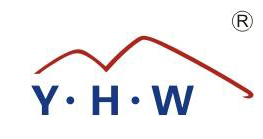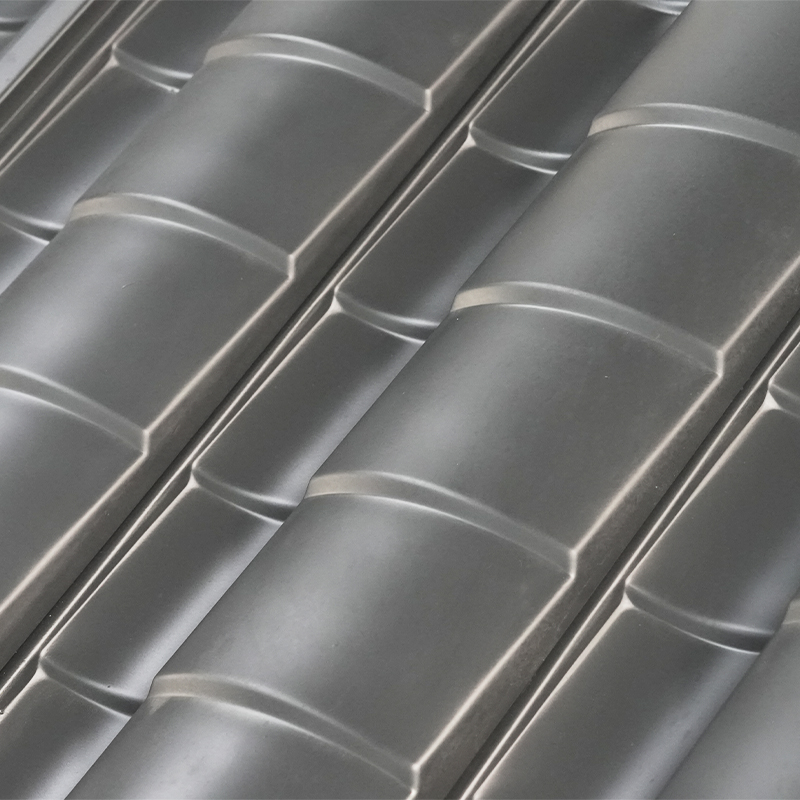The efficiency of the ventilation and cooling design in composite metal roof tiles can be assessed from multiple dimensions. Below are some key methods and indicators for evaluation:
1. Theoretical Calculations and Simulation
Heat Conduction and Convection Analysis: Theoretical calculations are performed based on the fundamental principles of heat conduction and convection to analyze the ventilation and cooling design of composite metal roof tiles. This includes studying airflow paths, heat transfer mechanisms, and the performance of insulation materials.
Simulation Modeling: Using CFD (Computational Fluid Dynamics) software, simulation models are created to simulate the ventilation and cooling effects of composite metal tiles under varying conditions such as wind speed and temperature. Simulation results provide visual insights into airflow patterns, temperature distribution, and heat transfer efficiency.
2. Experimental Testing
Laboratory Testing: In controlled laboratory conditions, a ventilation and cooling model of composite metal roof tiles is constructed and subjected to real-world testing. By measuring parameters such as temperature, humidity, and wind speed at different locations, the efficiency of the ventilation and cooling design can be evaluated.
Field Testing: In actual building environments, on-site testing of the ventilation and cooling effect of composite metal roof tiles is conducted. This involves multiple tests at different times of day and under varying weather conditions to gather comprehensive data.

3. Performance Indicator Evaluation
Cooling Effect: The cooling effect is evaluated by comparing the indoor temperature before and after the installation of composite metal roof tiles. A larger temperature reduction indicates better performance of the ventilation and cooling design.
Temperature Uniformity: The uniformity of indoor temperature distribution is assessed. An efficient ventilation and cooling design should ensure a more even temperature distribution indoors, avoiding localized overheating or excessive cooling.
Energy Consumption and Efficiency: The energy consumption of the ventilation and cooling system is analyzed, and its efficiency is calculated. An efficient system should provide effective cooling while minimizing energy consumption.
4. Comprehensive Evaluation and Improvement
Comprehensive Assessment: The results from theoretical calculations, simulation models, experimental tests, and performance indicators are combined for a holistic evaluation of the overall efficiency of the ventilation and cooling design in composite metal roof tiles.
Improvements and Optimization: Based on the evaluation results, the ventilation and cooling design may be improved and optimized. This could involve adjustments to the size and positioning of ventilation openings, optimizing the placement of insulation materials, or enhancing airflow paths.
Through these evaluation methods, the performance of composite metal roof tiles in terms of ventilation and cooling can be thoroughly assessed, leading to continuous improvement and refinement of roofing solutions.




 English
English русский
русский Español
Español عربى
عربى















